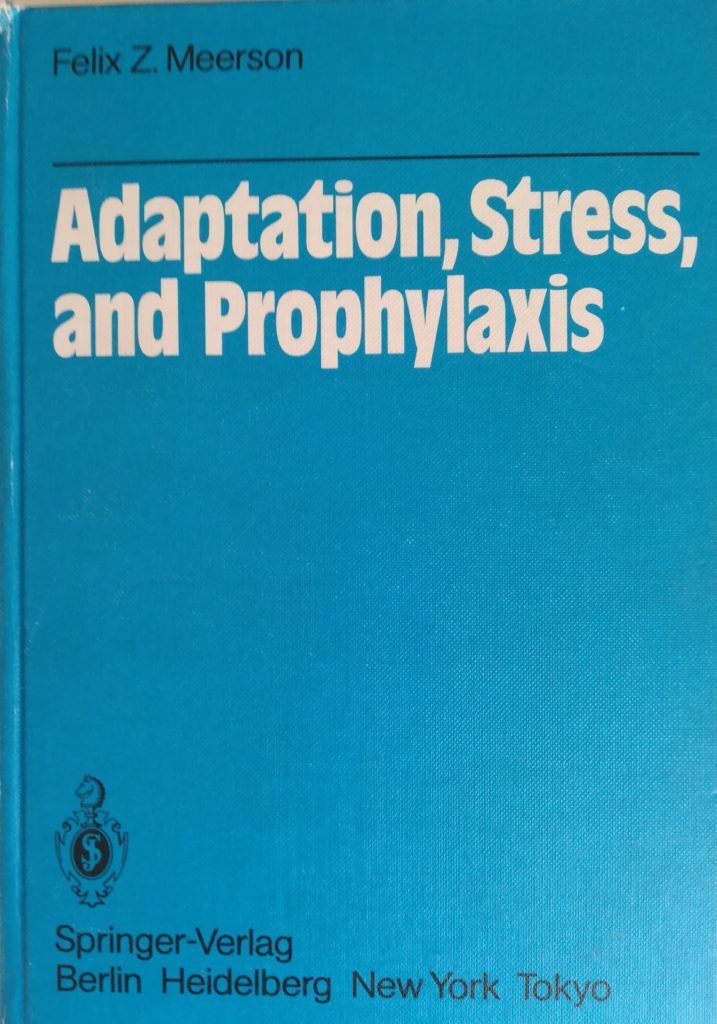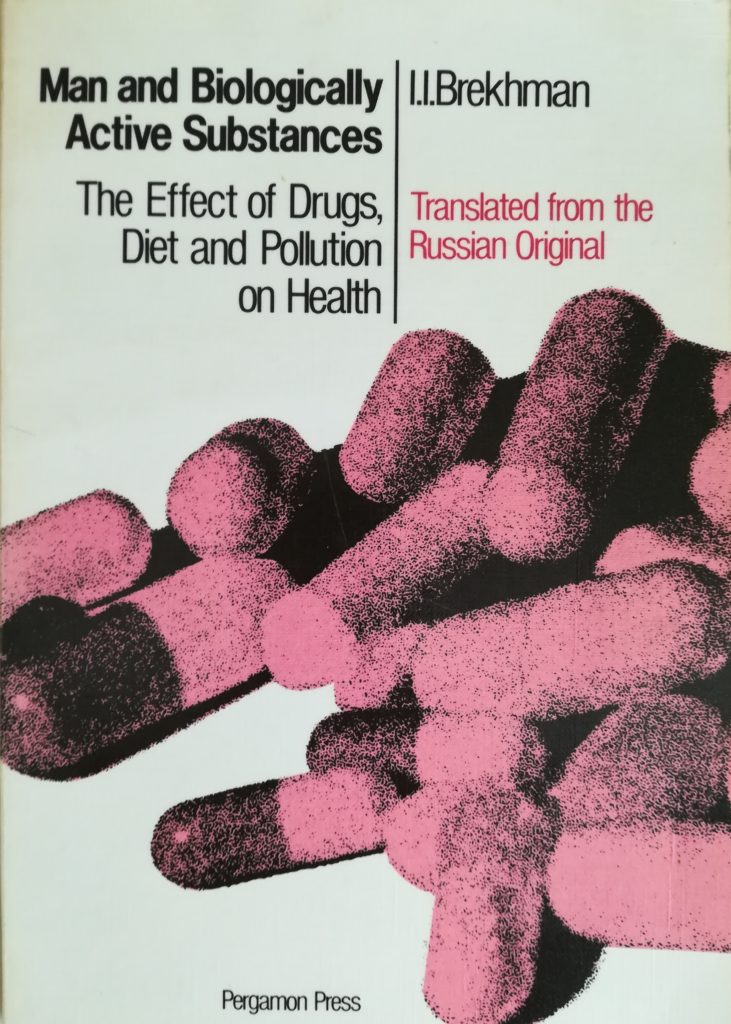Adaptation of the human body and mind is the foundation of the training process. The human organism adapts in a rather predictable and specific way to the stimuli that training presents.
Most of the time we try to modulate this external stimuli by applying different training loads, exercise, volumes and/or intensities, dispersed over time, hoping that this will lead to the desired adaptation We know that the adaptation processes are complex and not easy to understand. Many scientific books have been written on the subject of adaptation, e.g. the works of Felix Meerson (1) and Atko Viru (2)
In general, little thought and effort is spent on trying to modify the way the body will respond to these training loads, in other words: the internal processes. Optimalisation of these adaptation processes is as important as the optimalisation of the external training loads. We have to realize that every training load is a stressor of the body’s physiological systems. We learned from molecular biology that the adaptation to stressors can by modified and optimized. For a long time we have used adaptogens in order to be able to do so. Adaptogens are complex substances of herbal, animal or mineral origin who have to fulfill three conditions in order to be called an adaptogen. (3)
- They work non-specific and have their effects on multiple physiological systems (4)
- They have a normalizing effect on physiological parameters and thus stabilize the bandwidth in which the body can operate with running into trouble.
- They are of very low toxicity and can be used safely over a long period of time
This may sound a bit abstract but I think you are familiar with one of the most famous adaptogens known: Panax ginseng. Panax ginseng, one of Korea’s most famous export products, does not cure any specific diseases, but strengthens the body in general, this is called a tonic effect, and it makes the body more resistant against a wide spectrum of stressors (5,6). Since many athletes are on the limits of adaptation, and balancing on the edge of injury, overtraining or getting sick, the role of adaptogens may become obvious.
Ginseng is not the only adaptogen, to mention a few well-known ones:
- Mummyo of Shilajit, see the post in the blog a few weeks ago (link to post)
- Eleutherococcus senticosus, also called Siberian ginseng (7)
- Withania somnifera, also called Indian ginseng (8)
- Shisandra sinensis (9)
And there are many more very interesting adaptogens. But that is beyond the scope of this post.
The problem with these natural adaptogens is that natural products need if the grow in the wild or are cultivated, take to time grow, to collect and produced into oral preparations or supplements. But even more important is the fact are they subject to changing environmental conditions, like geography, climate, soil, weather, sun exposure, temperature, rain, etc. That means these adaptogens might differ in composition from time to time and so their quality and strength might differ. Just like the composition, the quality and the taste of wine differs from year to year. So if possible we use standardized products, with a stable content of active components.
Scientists have been searching for and producing synthetic adaptogens which fulfill exactly the same conditions as the natural ones, but can be synthesized and have a stable composition, like dibazol or of the adamantane group. After more than 30 years of working with natural adaptogens, I have recently been experimenting with synthetic ones and the results are excellent.
Some adaptogens were e.g. especially developed for special forces operators, who’s body and minds are stressed to the maximum by exposure to harsh environmental conditions, like heat, altitude, lack of sleep, and fatigue, and stressors in (potential) and unexpected combat situations. These synthetic adaptogens make a better performance possible by buffering the negative effects of the various stressors, preventing depletion of valuable physical and mental resources, and making survival more likely. These substances can also be used very well by athletes who are exposed daily to extreme physical and mental stressors as well. These synthetic adaptogens will allow the athlete to still train smart and hard and reduce the risk of stress-related problems. In other words….great stuff!
Literature
- Meerson, F.Z: Adaptation, Stress and Prophylaxis; Springer, 1984.
- Viru, A: Adaptation in Sports Training, CRC Press, 1995.
- Brekhman, I,I: Man and Biologically Active Substances; Pergamon Press, 1980
- Brekhman, I.I; Dardymov, I.V: New Substances of plant origin which increase nonspecific resistance; Ann. Rev. Pharmacology, Vol.9, pg.419-430, 1969.
- Lee, F.C: Facts about Ginseng. The Elixer of Life; Hollym, 1994.
- Fulder, S: Ginseng. The Magical Herb of the East; Thorsons, 1988.
- Halstead, B.W: Eleutherococcus senticosus; Oriental Healing Arts Institute, 1984.
- Kaul, S.C; Wadhwa, R: Science of Ashwagandha: Preventive and Therapeutic Potentials; Springer, 2017
- Panossian, A; Wikman, G: Pharmacology of Schisandra chinensis Bail.: An overview of Russian research and uses in medicine; J Ethnopharmacology, Vol.118, pg.183–212, 200




Great input, Henk!
Would you suggest to put Panax ginseng into one of those mushroom soups I can get in Holland? I think of a panax enhanced psychedelic dinner or so, possibly spiced with additional DMT. Of course under supervision of an experienced cook.
BR Robert
Personally I prefer the magic potion, brewed by the druid Panoramix in Asterix comic book, based on Misletoe 😉
Be careful, those Asterix stuff probably is already on the WADA index
Big deal,everything is on the WADA index now, even peanut butter, but that doen’s really matter, what really matters is:
1. are you in the right sport and are you living in the right country
2. does you federation or country have a powerful lobby
3. do you have enough money to pay good lawyers
4. do you have enough money to pay off the testers
Recent example : Russian athletes vs.Coleman